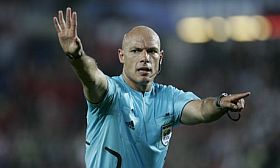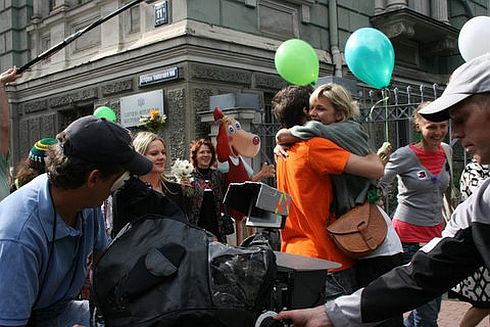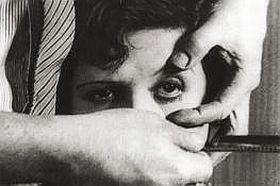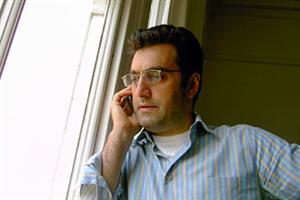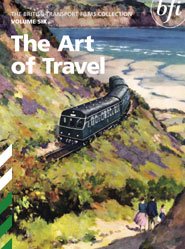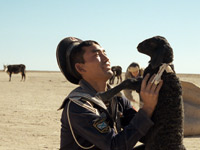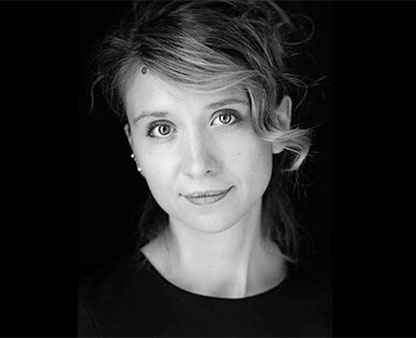
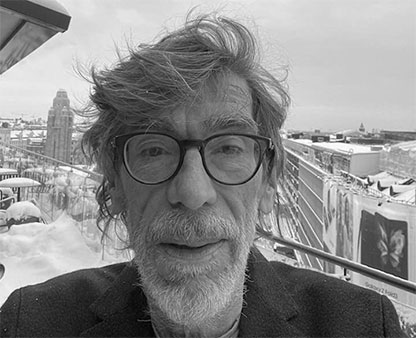
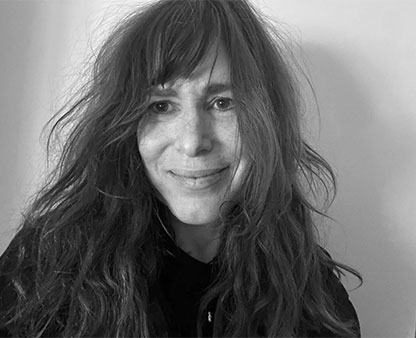
Paul Pauwels Interview
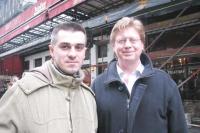
He is now the head of The European Television & Media Management Academy in Strasbourg. Before he was a documentary film producer, one of the best in Europe, and for a short while a commissioning editor at the VRT in Belgium, the country he comes from. I know him from his pioneer work for years for EDN (European Documentary Network), as a chairman of the Executive Committee and I won’t hesitate to say as the best tutor and promoter of international cooperation, I met when a director of EDN. One of the filmmakers Paul Pauwels met on his many travels for EDN was Serbian Zelkjo Mirkovic, who made this interview that can be read in full length on www.docuinter.net Here is a brief clip:
eljko Mirkovic: How do you see the future of documentary film? Paul Pauwels: Reality is always stronger than fiction, certainly when filmed and edited by professionals. Documentary will never disappear. There will come good times, there will come bad times, but it will always survive. I suppose that you’re question really means: how do you see the future of creative documentaries? Well, there I’m also optimistic about the fact that they will always be there and will warm many hearts, but I’m less optimistic about their production circumstances. I fear that the percentage of creative documentaries on traditional tv-screens will quickly diminish and certainly they will be banned from prime-time. But… another big but… thanks to the new platforms (VOD, IP-TV …) there will be other forms of financing, production and distribution available. There is a niche audience for them that can be served through alternative channels and believe me, the commercial world (who often has to come up with the money to produce them) will be very interested in this audience. Apologies if this sounds too much business-like, but that’s the reality that will keep people like you in the business. On the other hand it is the responsibility of commissioning editors to keep fighting to keep documentaries on the traditional main channels too. So I see a lot of fighting and hardship, but I’m certainly not pessimistic: there are so many creative and talented people around that they will always find ways to surprise and seduce audiences, and they are the blood and the force of documentaries. Photo: Mirkovic left, Pauwels right.
